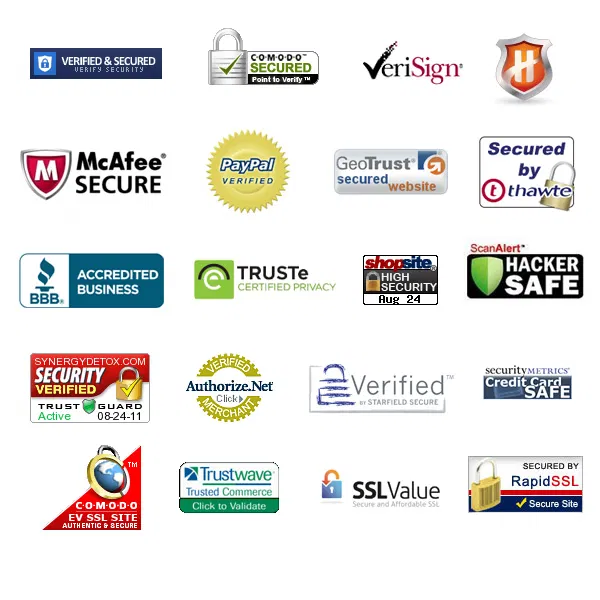Early internet sites had “trust seals”
Updated on

Remember when every checkout page had a dozen security badges at the bottom? VeriSign, McAfee, TRUSTe — all promising your info was “safe.” In the 2000s, these tiny seals were a massive trust signal.
Marketing analysis
Back then, shoppers were scared to buy online. So brands used visual proof — little logos that borrowed authority from bigger, techy-sounding companies. It worked like a charm, until everyone caught on and the badges lost meaning. Now, trust is built through transparency, reviews, and reputation — not logos.
Why it works
- Signals safety with visual proof (social proof + authority combo)
- Simplifies a complex idea: “We’re secure”
- Reduces buyer hesitation at checkout
- Fades once the signal becomes too common
Examples
- Amazon now relies on customer reviews as its trust engine.
- Airbnb builds trust with host profiles and verified reviews.
- Shopify stores boost conversions by adding testimonial popups.
- Apple uses its brand reputation as the trust seal itself.
Analyzed by Swipebot
Loading analysis...